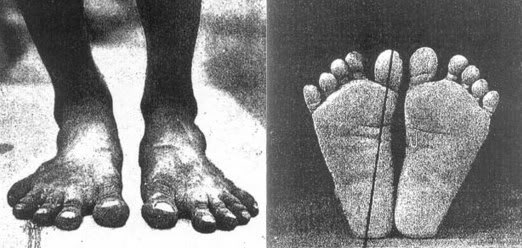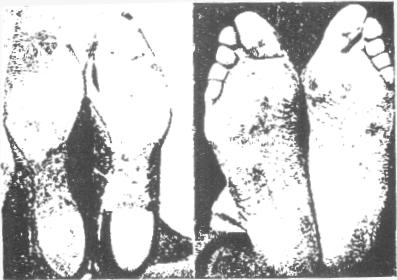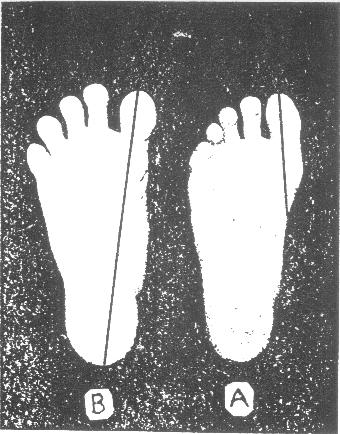I hope you’re sitting down for this because I have some news….your office chair is killing you. No, seriously, it is. Sitting is now a proven health risk, as you might have guessed from the chronic aches in your back, neck and shoulders.
Peter A. Levine, an obesity specialist at the Mayo clinic, states, “What fascinates me is that humans evolved over 1.5 million years entirely on the ability to walk and move. And literally 150 years ago, 90% of human endeavor was still agricultural. In a tiny speck of time we’ve become chair-sentenced.”
We already know sitting is bad for the back and neck, but did you know that within a couple of hours of sitting, healthy cholesterol plummets by 20%? There is a physiological change in the body chemistry when you sit. Postural muscles that should be active as you move around during the day are completely relaxed which decreases enzyme activity. These enzymes are responsible for mobilizing fat out of the blood stream, so if they’re not active, you’re likely to wind up with a bad case of obesity.
And what about that posture? Can sitting really be so bad for our spines? “When you’re standing, you’re bearing weight through the hips, knees, and ankles,” says Dr. Andrew C. Hecht, co-chief of spinal surgery at Mount Sinai Medical Center. “When you’re sitting, you’re bearing all that weight through the pelvis and spine, and it puts the highest pressure on your back discs. Looking at MRIs, even sitting with perfect posture causes serious pressure on your back.”
And worst of all, simply going to the gym for an hour a few times a week does not offset the negative effects of sitting. You can’t out-exercise a sedentary day-time job.
So, what do you do if you’re stuck at a desk all day?
First, make sure you have a proper ergonomic set up. Don’t waste money on an expensive ergonomic chair, by the way; it’s just as easy to slouch on a fancy $700 seat as it is on a $15 chair from IKEA. Ideally, you should sit on a flat, firm surface (my favorite is a wooden bench). Any contour will affect the alignment of your pelvis, which causes tension and pain in your back.
Make sure your seat is high enough that your hips are higher than your knees. If your hips are below your knees, all the weight of your body sinks into your pelvis, but with your hips elevated, you can use pressure from your feet on the floor to support your spine. In fact, a “perching” set up where you merely lean against a stool that is about bar stool height is ideal because it allows your legs to continue supporting most of your weight.
Your monitor should be at eye level or slightly above so you don’t collapse forward into the ever-popular “computer neck” syndrome where your head is a good six inches in front of your shoulders.
Make sure you’re perched on your sitting bones and not on your tail bone. Rocking back on your tail bone will cause your sacrum to jam up. Since your sacrum is the bottom-most vertebra of your spine, if it can’t move, neither can the rest of your back. That results in a lot of pain. When you are sitting forward on your sitting bones, you should have a slight arch to your lower back – this is normal. You do not want your back to be straight. You need that gentle s-curvature of the spine!
Perhaps most importantly, take lots of breaks. Get up, go get a glass of water. Walk over to the mail room. Visit a coworker instead of sending an email. Take a lap around the office. Go outside and get some fresh air. If you’re going to take a coffee break, maybe head out to the shop that’s a block away instead of stumbling two steps to the cafeteria. The more you can get up and get moving, the better off you’ll be. Remember, just going to the gym doesn’t counteract sitting. You have to reduce your total time in a chair to get any measurable results.
[sc name=”ppfl-cta”]




